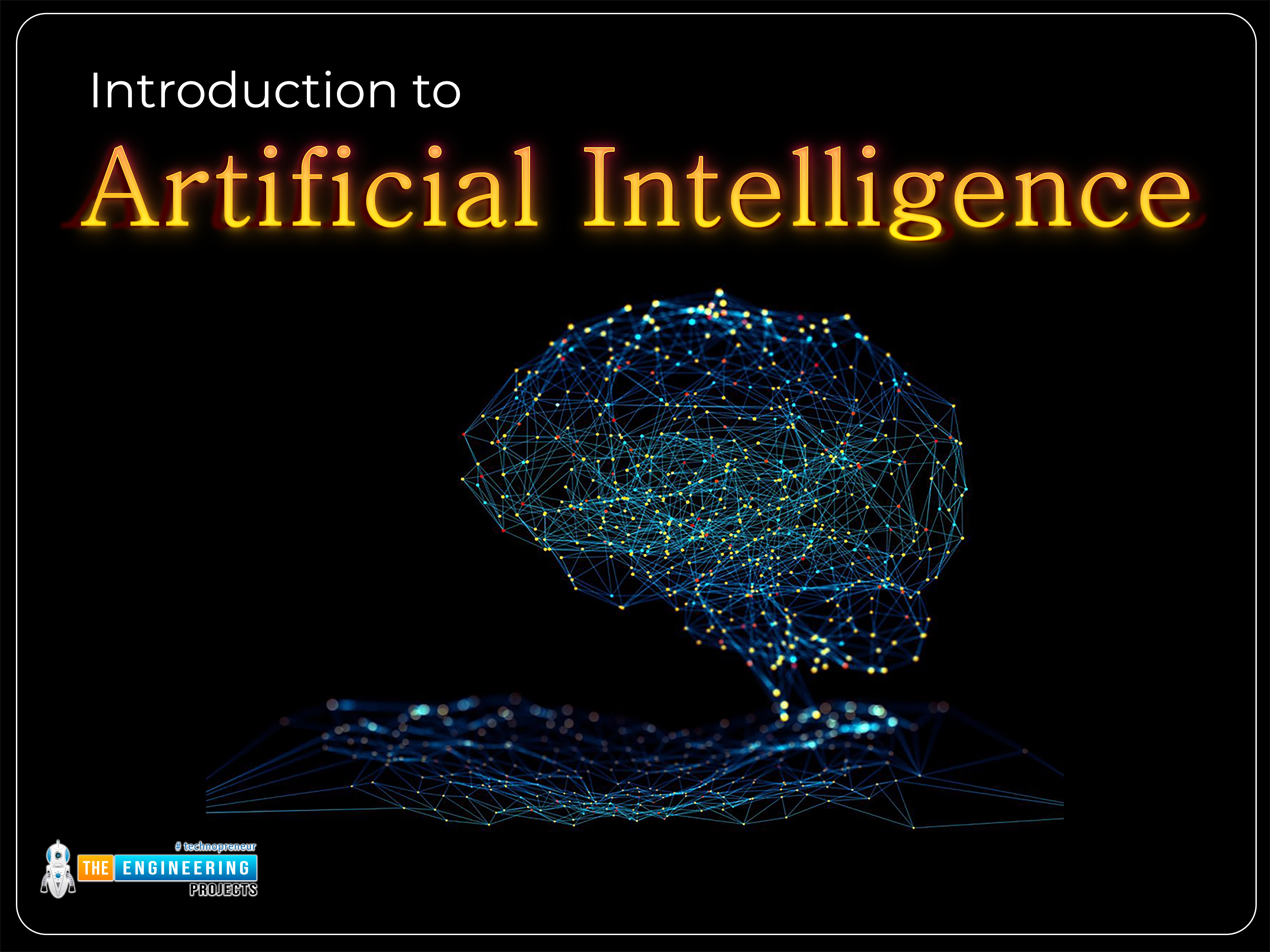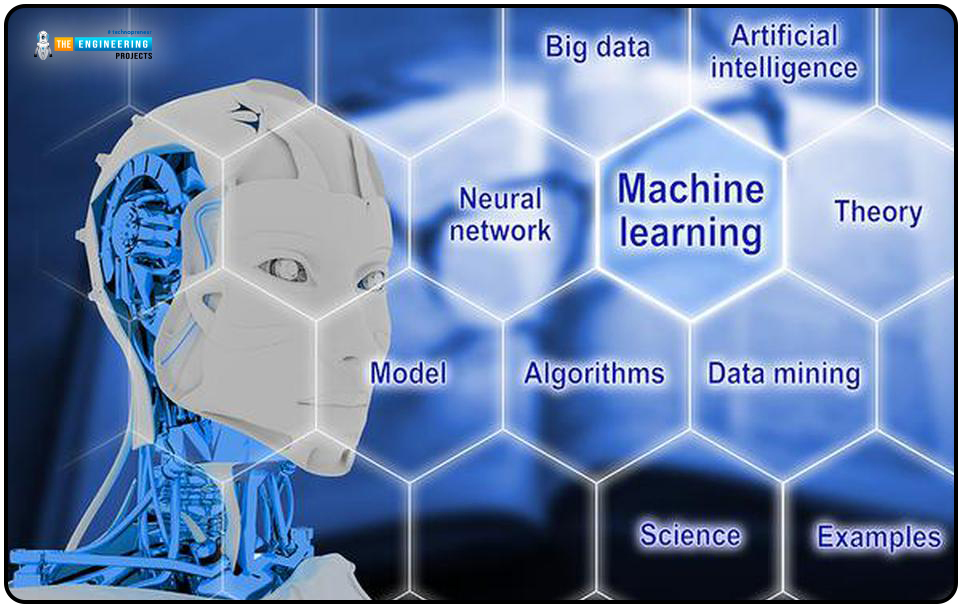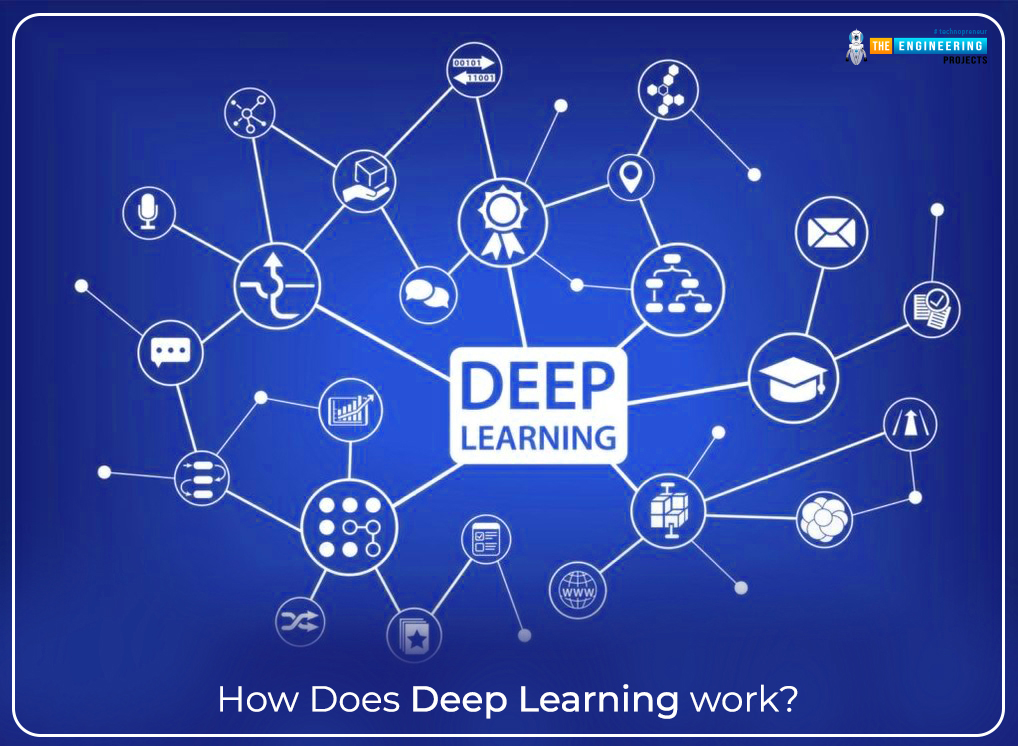
Hello friends, I hope you all are having fun. Today, we are bringing you one of the most advanced and trending courses named "Deep Learning". Today, I am sharing the first tutorial, so we will discuss the basic Introduction to Deep Learning, and in my upcoming lectures, we will explore complex concepts related to it. Deep Learning has an extensive range of applications and trends and is normally used in advanced research. So, no matter which field you belong to, you can easily understand all the details with simple reading and practicing. So without any further delay, let me show you the topics that we are going to cover today:
- What is deep learning?
- What are artificial intelligence and machine learning?
- Working with deep learning using neural networks.
- Trends in deep learning.
- Deep learning as a career.
So, let's get started:
What is Deep Learning?
- Deep Learning is a branch of machine learning, that enables machines to think like a human brain, by using neural networks.
- Using Deep Learning techniques, machines get smart and recognize the pattern from the data already saved/fed in the database and then use this data for the prediction of future results.
- So, we can say that the deep learning neural network has the ability to learn from the previous results and predict the behavior of the network.
- Deep learning algorithms have multiple layers to analyze the millions of data points.
- An automatic Driverless car is an excellent real-life application of Deep Learning.

Deep Learning is considered a branch of Machine Learning which itself comes under Artificial Intelligence. So, let's have a look at these two cornerstone concepts in the computing world:
What is Artificial Intelligence?
Artificial intelligence or AI is the science/engineering behind the creation of intelligent machines, particularly intelligent computer programs. It enables computers to understand human intelligence and behave like it. AI has a broader expertise and does not have to limit itself to biologically observable methods as in deep learning.
It is a field that combines the computer and the robust data set to solve the problems of life. Moreover, it is important here to mention the definition of machine learning:
What is Machine Learning?
Machine learning is the branch of artificial intelligence, it learns from the experience and data fed into it and works intelligently on its own without the instruction of the human being. For instance, the news feed that arises on Facebook is directed by machine learning on the data so the content of the user’s choice appears every time when they scroll Facebook. As you put more and more data into the machine, it will learn in a better way to provide intelligent results.
Deep Learning Working Principle
Deep learning uses neural network techniques to analyze the data. The best way to describe the neural network is to relate it to the cells of the brain. A neural network is the layers of nodes much like the network in our brain and all these nodes are connected to each other either directly or indirectly. Neural Network has multiple layers to refine the output and it gets deeper as the number of layers increases.

Deep Learning vs. Human Brain
In the human brain, each neuron is able to receive hundreds or thousands of signals from the other neurons and selects signals based on priority. Similarly, in deep learning networks, the signals travel from node to node according to the weight assigned to them. In this way, the neurons with the heavyweight have more effect on the adjacent layer. This process flows through all the layers and the final layer compiles the weight of the resultant and produces the output.
The human brain learns from its experience i.e. as you get old, you get wiser. Similarly, deep learning has the ability to learn from its mistakes and keeps on evolving.
The process of network formation and its working is so complex that it requires powerful machines and computers to perform complex mathematical operations and calculations. Even if you have a powerful tool and computer, it takes weeks to train the neurons.
Another thing that is important to mention here is that neural network works on binary numbers only. So, when the data is being processed, it classifies the answers as a series of binary numbers and performs highly complex calculations. Face recognition is the best example in this regard because in this process, the machine examines the edges and lines of the face to be recognized and it also saves the information of more significant facial parts.
Layers in Deep Learning
Understanding the layers in deep learning is important to get an idea of the complex structure of deep learning neural networks. The neurons in the deep learning architecture are not scattered but are arranged in a civilized format in different layers. These layers are broadly classified into three groups:
- Input layer
- Hidden layers
- Output layer
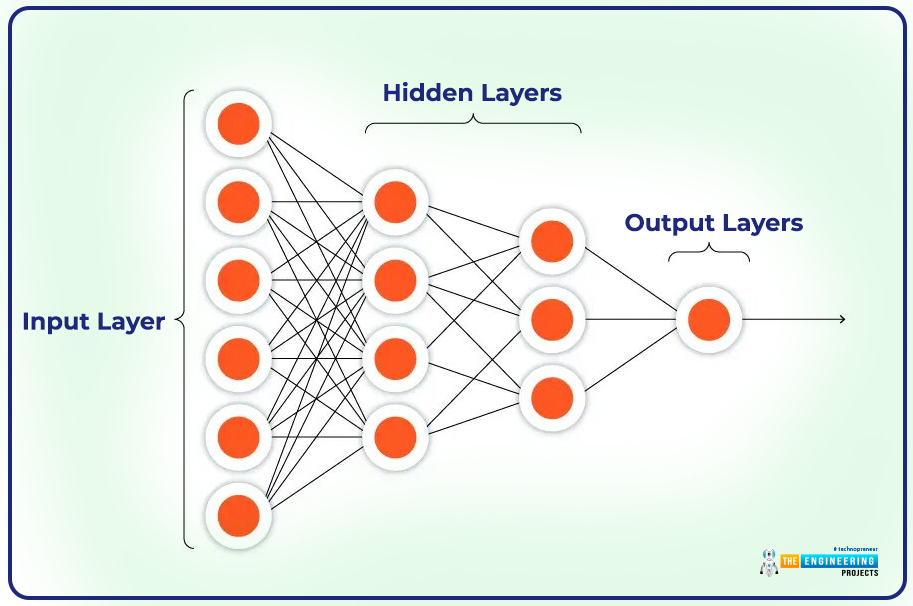
The working of each neural network in deep learning depends on the arrangement and structure of these layers. Here is a general overview of each layer:
Input Layer
This is the first layer of the neural network and takes the information in the form of raw data. The data may be in the form of text, values, images, or other formats and may be arranged in large datasets. This layer takes the data and applies processing to make it ready for the hidden layers. Every neural network can have one or many input layers.
Hidden Layer
The main processing of data occurs in the hidden layers of the neural networks. These are crucial layers because they provide the processing necessary to learn the complex relationship between the input feature layer and the required output layer.
There are a great number of neurons in the hidden layers, and the number of hidden layers varies according to the complexity of the task and the type of neural network. These layers perform operations such as improved accuracy, feature extraction, representation learning, etc.
Output Layer
These are the final layers responsible for the production of the network’s predictions. A neural network may have one or more output layers, and the activation function of the network depends on the type of problem to be solved in the network. One such example is the softmax activation function, which divides the output according to the probability distribution over different classes.
Training of Deep Learning Process
To understand well, usually, the example of object or person recognition is explained to the students. Let's say, we want to recognize or detect a cat in the picture. We know that different races of cats do not look alike. Some of them are fluffy, some are short, and some are thin in appearance. By the same token, the different angles of the images of the same cat will not be the same and the computer may be confused to recognize these cases. Therefore, the training process includes the amount of light and the shadow of the object in the observation.

In order to train a deep-learning machine to recognize a cat, the following main procedures are included:
- Using several pictures of cats of different races from different angles.
- Using the pictures of the other objects that are not cats and telling the network the information about these.
- Labeling all the images and commanding the compiler to save their data.
- Feeding all the data into the neural network and compiling the results.
- The final layer compiles the disconnected results such as the hair type, size, features of the face, etc.
- Once all the data is fed into the network, the results are then compared with the human-generated labels.
- If both labels give the same results, the neural network is then considered as trained.
- On the other hand, if the results are not the same, then the weights are calculated again and the training process is repeated.
- The process of repeating the adjustments is known as supervised learning, and it occurs even when the neural networks are not explicitly told what "makes" a cat. They must learn on their own and recognize patterns in data over time.
Deep Learning Applications
In the modern computing world, deep learning has a wide range of applications in almost every field. We have mentioned a few examples in our above discussion i.e. Facebook newsfeed and driverless cars. Let's have a look at a few other services utilizing deep learning techniques:
Digital Assistance
Digital assistants i.e. voice recognition, facial recognition, text-to-speech conversion, voice-to-text conversion, language translation, plagiarism checker etc. are using deep learning techniques to recognize the voice or to process languages. Grammarly, Copyscape, Ahrefs etc. are a few real-life examples using Deep Learning techniques.
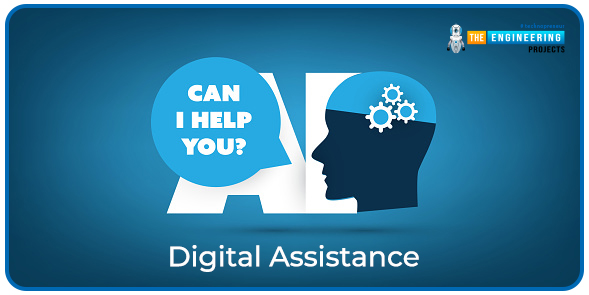
Safe Banking
Paypal is using deep learning to prevent fraud and illegal transactions. This is one of the most common examples of the banking facility that I am mentioning here otherwise, there are different applications in security and privacy that are connected to deep learning.
Object Recognition
Some object recognition applications such as CamFind allow the user to use pictures of the objects and with the help of mobile vision technology, these apps can easily understand what type of objects have been captured.
Self-driven Cars
Another major application of deep learning is the self-driven car that will not only be able to minus the need for drivers in the car but are also able to avoid traffic jams and road accidents. It is an important topic and most companies are working day and night in deep learning to get the perfect results.
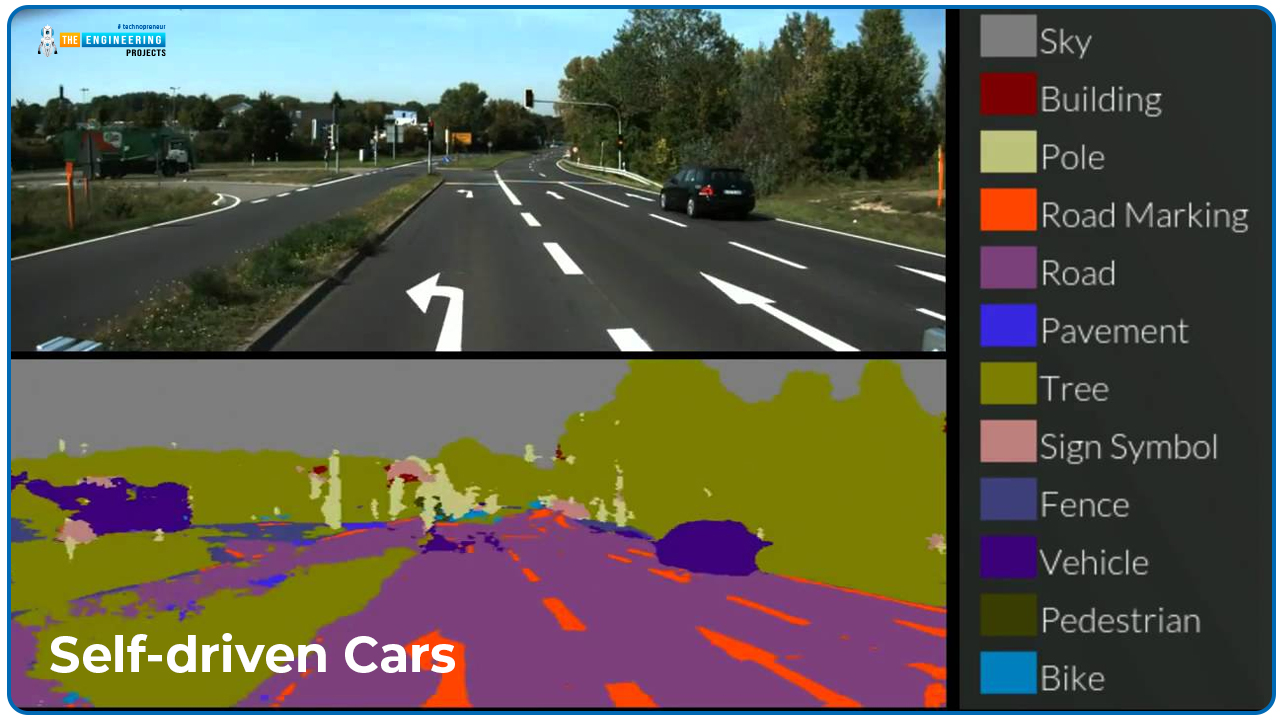
Future Prediction and Deep Learning
As we have said earlier, deep learning is the process of training the computer like humans, therefore, people are working best to train the machine so they can easily examine trends and predict future outcomes such as stock marketing and weather prediction. Isn't it helpful that your computer or the assistant tells you about the stock marketing rates and predicts the best option to be picked for your investments?
Medical Assistance
In the medical field, where doctors and experts are working hard to save the lives of people, there is no need to explain the importance of technologies such as deep learning that can predict and control the values in body changes and suggest the best remedy and solution of the problem being observed.
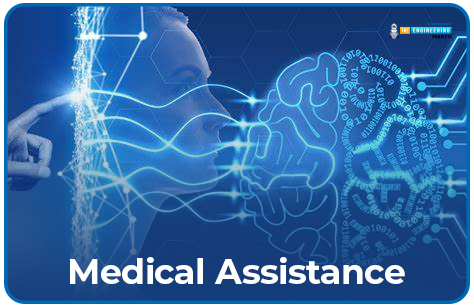
Careers in Deep Learning
Once you have read about the application and the working process of deep learning, you must be thinking if it is the future, why choose deep learning as your career? Let me tell you, if you excel in deep learning, the future is yours. The careers in deep learning are not yet declared but in the coming few years, you are going to see tremendous exposure to deep learning and related subjects and if you are an expert in it, you will be in demand all the time because it is coming with the endless opportunities. Machine learning engineers are in high demand because neither data scientists nor software engineers possess the necessary skills.
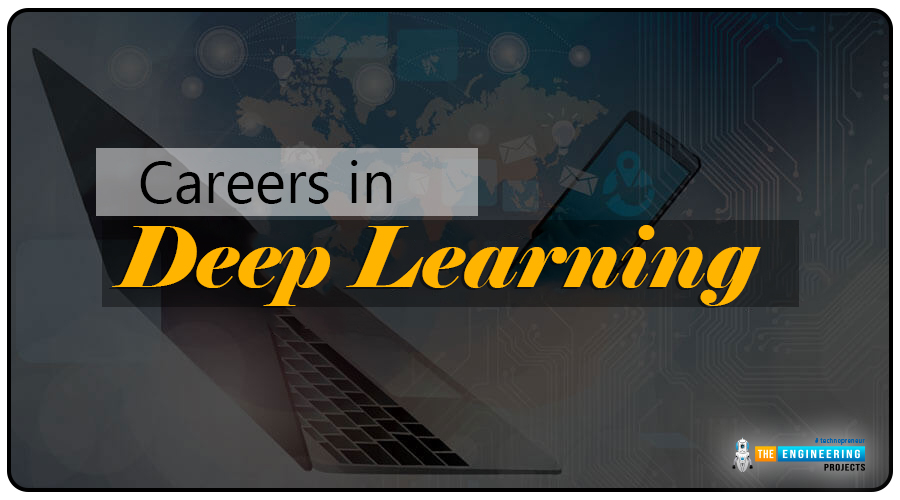
To fill the void, the role of machine learning engineer has evolved. According to experts, the deep learning developer will be one of the most highly paid ones in the future. I hope, in the future, almost all fields will require the involvement of deep learning in their network to work easily and to get more and more efficient work without the involvement of human beings. In simple words, with the help of a neural network, we are replacing human beings with machines and these machines will be more accurate.
So in this way, we have introduced you to the amazing and interesting sub-branch of machine learning that is connected to artificial intelligence. We have seen the working and procedures of deep learning and to understand well, we have seen the examples of deep learning processes. Moreover, the trends and techniques discussed related to deep learning where we have seen that most popular apps and websites are using deep learning to make their platforms more user-friendly and exciting. In the end, we saw the careers and professions of deep learning for the motivation of the students. I know at this step, you will have many questions in your mind but do not worry because I am going to explain everything without skipping a single concept and will learn new things with you while explaining to you. So stay with us for more interesting lectures.



